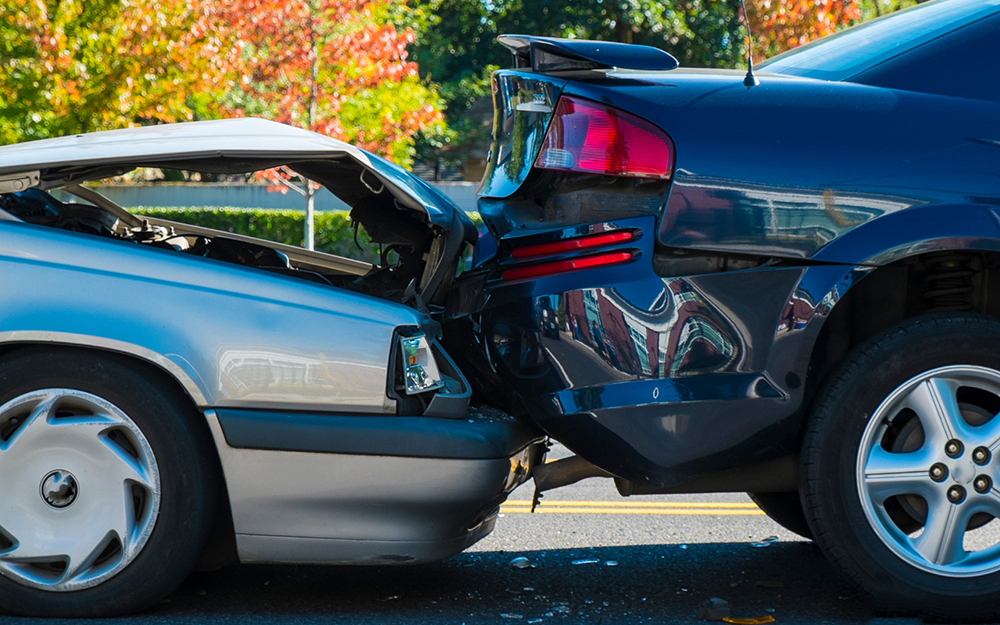
by H. Simmons
It takes an incredible feat of human energy, ingenuity and engineering to build a bridge. Besides those who must deal with the mind-boggling math and science, and the logistical quandary to actualize the blue prints, there are those who have been working diligently for years to get these invaluable, necessary structures in place.
Interstate 10 is the main artery through the Coachella Valley and now the west end corridor has four new bridges: Bob Hope Drive, Gene Autry/Palm Drive, Indian Avenue and Date Palm (still under construction). The projects are designed to alleviate congestion, stimulate the economy, and improve air quality. All of these overpasses are critical thoroughfares for valley residents. For many commuters, these bridges impact their lives every single day.
“Having these improved overpasses has not only reduced the travel time by at least 30 minutes for most drivers, but also the stress level endured waiting to cross the freeway,” said Desert Hot Springs Mayor Yvonne Parks. “I am so happy we could complete these long-awaited projects for our residents.”
Less than a year ago, Indian Avenue and Gene Autry/Palm Drive bridges had only one north and one southbound lane — a single-file drive in each direction with multiple stop signs. During high winds, cars sat backed-up on the valley floor in a slow moving line helplessly getting sandblasted. Emergency vehicles could not easily pass and there were narrow sidewalks with low safety guards.
Today these bridges are six lanes wide with cloverleaf ramp designs minimizing signals and significantly increasing traffic flow. In addition, there are bike lanes, wide sidewalks and colorful fenced guardrails.
“Improving connections to and over the freeway makes it easier for our residents to move between our cities and easier for visitors to access our communities,” said Tom Kirk, Executive Director of The Coachella Valley Association of Governments (CVAG). “The projects will save countless hours of frustration for residents trying to get to work, school or even to essential services like area hospitals.”
There were many challenges and obstacles to building the bridges. It took decades in the planning. For years there were negotiations that required the cooperation between cities, local government agencies, environmental groups, state and federal organization to make the overpasses a reality. And then, there was the money.
Kirk said, “Projects of this size take far too long to get approved and for all the funding to be in place to pay for construction. However, the good news is we built these projects at precisely the best time for our economy, employing many in our hardest hit sector of the recession: Additionally, the bids for these projects came in over 40% less than the engineers estimate, allowing us to stretch every dollar we had.”
Gene Autry/Palm Drive overpass was paid for by funds from Riverside County and the surrounding cities of Desert Hot Springs, Cathedral City and Palm Springs. Money came from: Measure A dollars — a retail tax for public improvement, the American Recovery and Investment Act 2009, Federal Highway Administration Funds and Transportation Uniform Mitigation Fee. Bob Hope, Date Palm and Indian had a similar combination of funding.
According to Mike Shoberg, CVAG Transportation Manager, the construction cost for Gene Autry/Palm Drive was $13 million; Indian Avenue $16.5 million; Date Palm $14.8 million; and Bob Hope $22 million. Schoberg said, “The work came in on time and on budget.”
As you cross the bridge, it may also cross your mind about what might happen in an earthquake. Being that the I-10 crosses several valley fault lines and it’s proximity to the mighty San Andres fault. These bridges are our link to the ones we love and the places we call home. No one can really predict when and what the “big one” may unleash, but understanding seismic activity is a priority for Caltrans.
According to Dennis Green, Construction Coordinator for the Riverside County Department of Transportation, “Caltrans doesn’t design around magnitude, rather, each bridge is designed for its location, taking into account earth and soil movement, distance to fault and other geologic parameters. California has a performance standard of ‘no collapse’ during a ‘maximum credible event.’ Simply put, each bridge has been specifically engineered for maximum seismic consideration.”
After all the time, effort and money, the bridges are now in place and the west valley I-10 corridor project is nearly complete. It is a remarkable achievement.
Here are some interesting facts to think about as you smoothly zoom over any one of the new wide, clean bridges: At any given time there may have been 65 people working during construction; 20,000 hours of labor per project; 4,250 cubic yards of structural concrete; 279 tons of steel. The bridges are 5’4” inches thick and are built to last 75 years.
“While these bridges may be CVAG projects, they are really the product of the work and dedication of many,” said Kirk.
The new overpasses have greatly improved the quality of life for thousands of desert residents. All those who worked so hard to get these bridges constructed have something that we can all be proud of.
To view live project cameras and more information about I-10 corridor improvement projects go to www.i10cvcprojects.com










































Comments are closed.